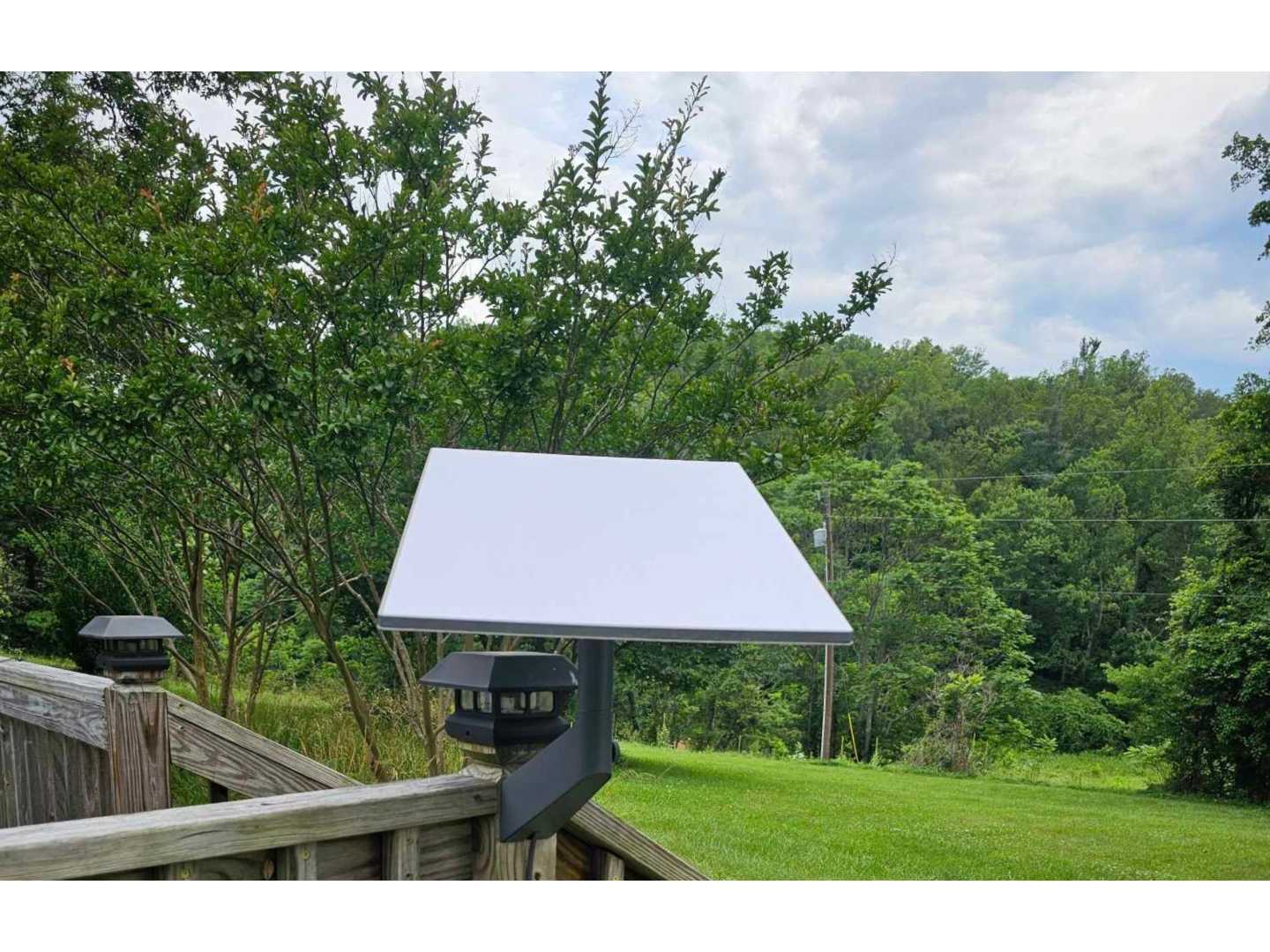Tech
Rural Family’s Challenges and Triumphs with Starlink Internet Setup

Hometown, USA – A family recently moved to a rural area, leading them to prioritize the installation of Starlink internet. Living in a region void of reliable internet service, they struggled with low-speed landline options and minimal cellular coverage.
As soon as the Starlink dish was operational, the parent shared their excitement with friends, posting, “Space internet installed!” However, the initial setup didn’t come without its challenges.
Upon setup, the user was surprised by buzzing noises from the dish, which was later identified as typical coil whine. Though the dish worked moderately well while placed in its cardboard box on the steps, it was quickly noted that better performance required a more permanent and optimal mounting.
Using the Starlink app, the family discovered that the dish needs a clear line of sight to multiple satellites for optimal performance. After initially experiencing disappointing speeds, they hired a local antenna installer who mounted the dish on the roof, resulting in a performance increase from 50 Mbps to nearly 200 Mbps downstream.
This significant upgrade came with the added benefit of reduced risks of theft and damage, as the dish was no longer in a vulnerable, easily accessible location.
While the Starlink dish itself was noted as aesthetically pleasing, the temporary mounting setup was criticized by the family’s homeowner for its lack of visual appeal. They acknowledged the availability of more attractive mounting options but opted for the budget-friendly solution.
The parent also pointed out a stark difference between Starlink and traditional fiber internet services, noting that while download speeds reached up to 300 Mbps, upload speeds were considerably slower, averaging around 15 Mbps. This limitation became apparent during attempts to send large video files.
The family encountered additional obstacles with their Starlink Gen 3 router, which struggled to cover their entire house due to walls and obstructions. They opted to bridge it with a different router they were already familiar with, allowing for greater coverage and performance.
Two days post-installation, the family’s connection dropped unexpectedly, leading to confusion about the cause. Upon investigation, they found that the entire Starlink service had experienced a temporary outage. While some longtime Starlink users reported infrequent outages, this experience highlighted potential risks associated with new technology.
With the current landscape of broadband internet, including competition from other satellite providers, the family aired concerns about their choice to invest in a service linked to Elon Musk, especially given recent public sentiments surrounding his companies. Nonetheless, they concluded that Starlink’s performance outweighed their concerns.
Ultimately, despite minor setbacks and aesthetic concerns, the family expressed satisfaction with having Starlink internet as a reliable, high-speed option in rural America.












